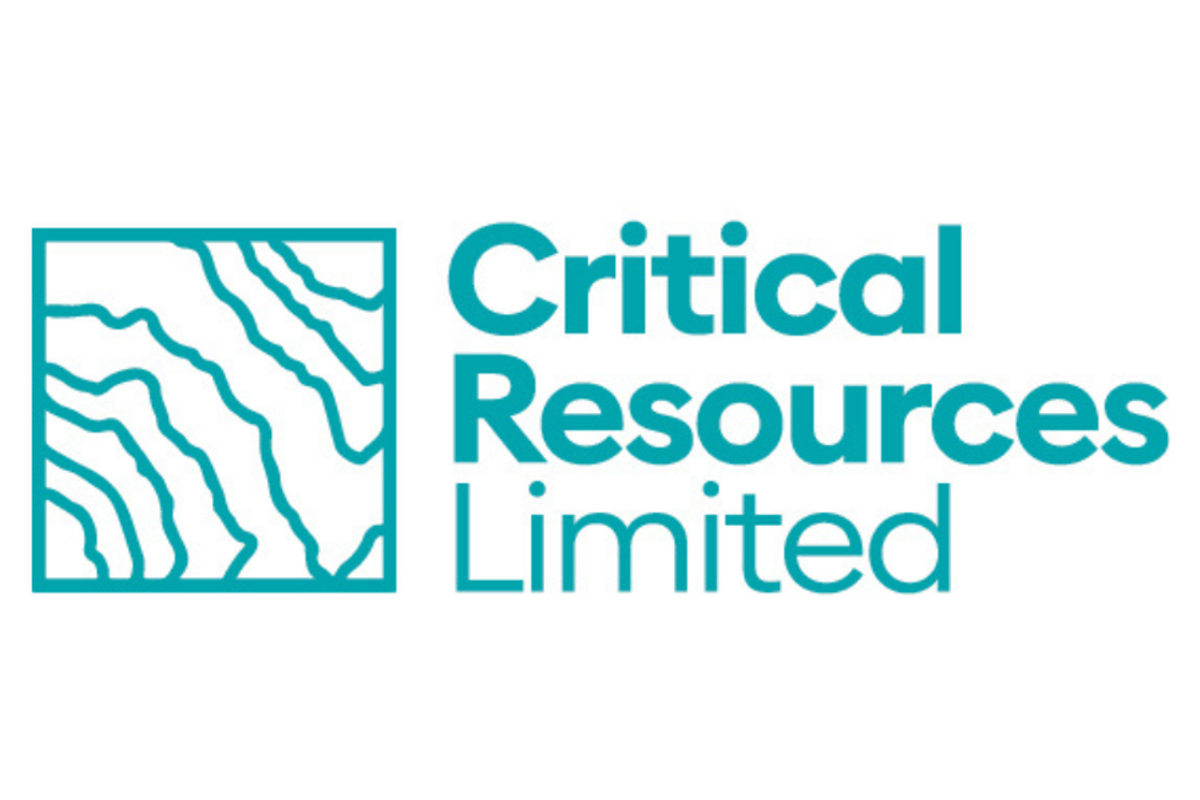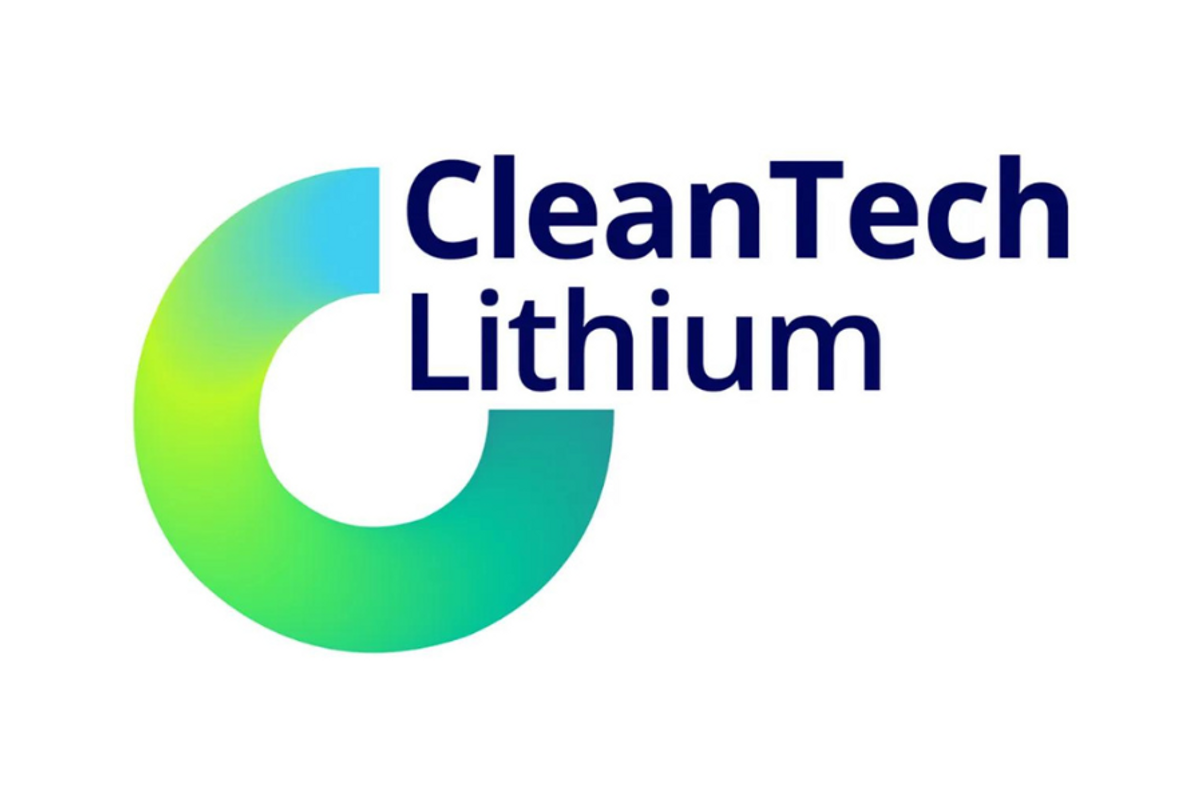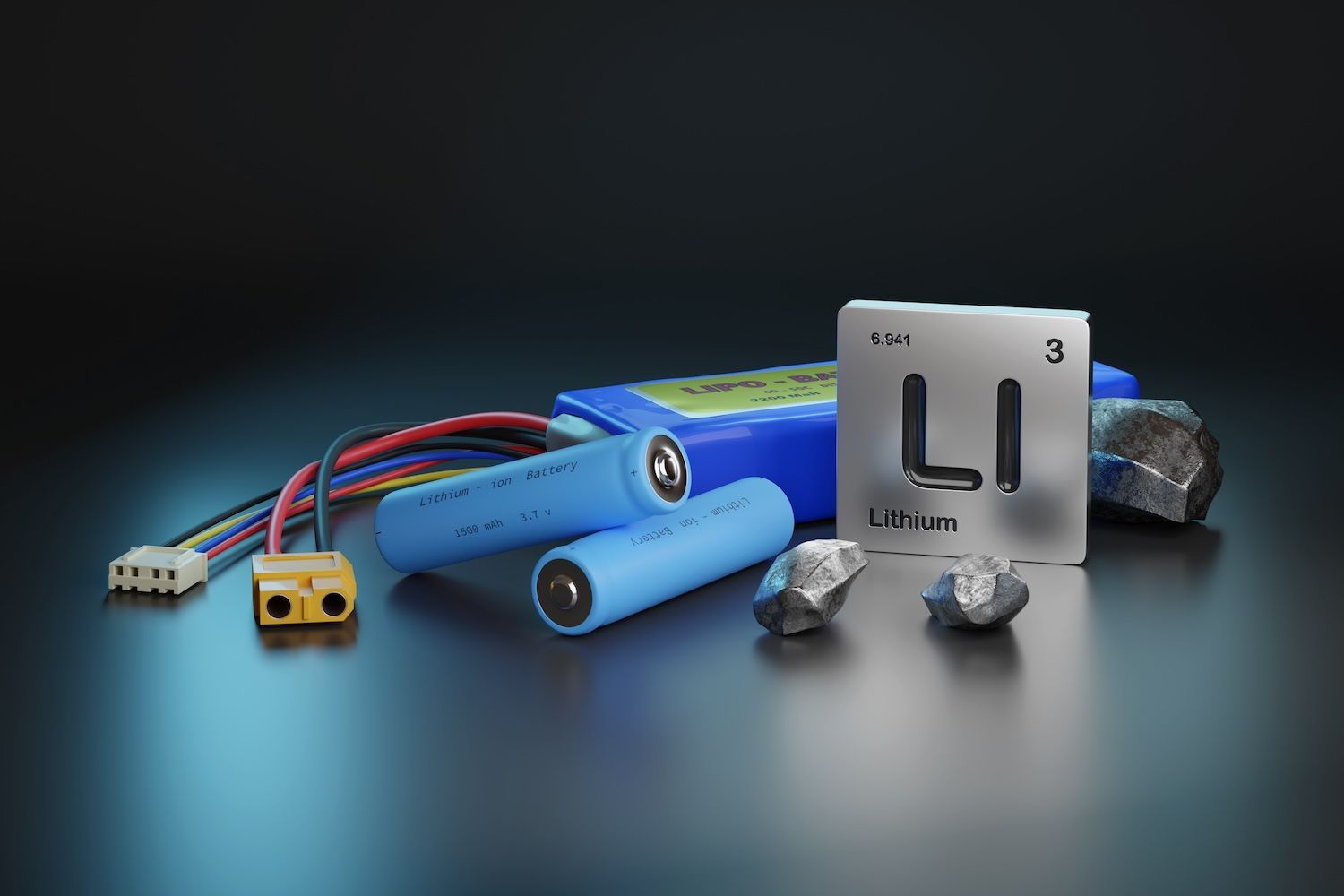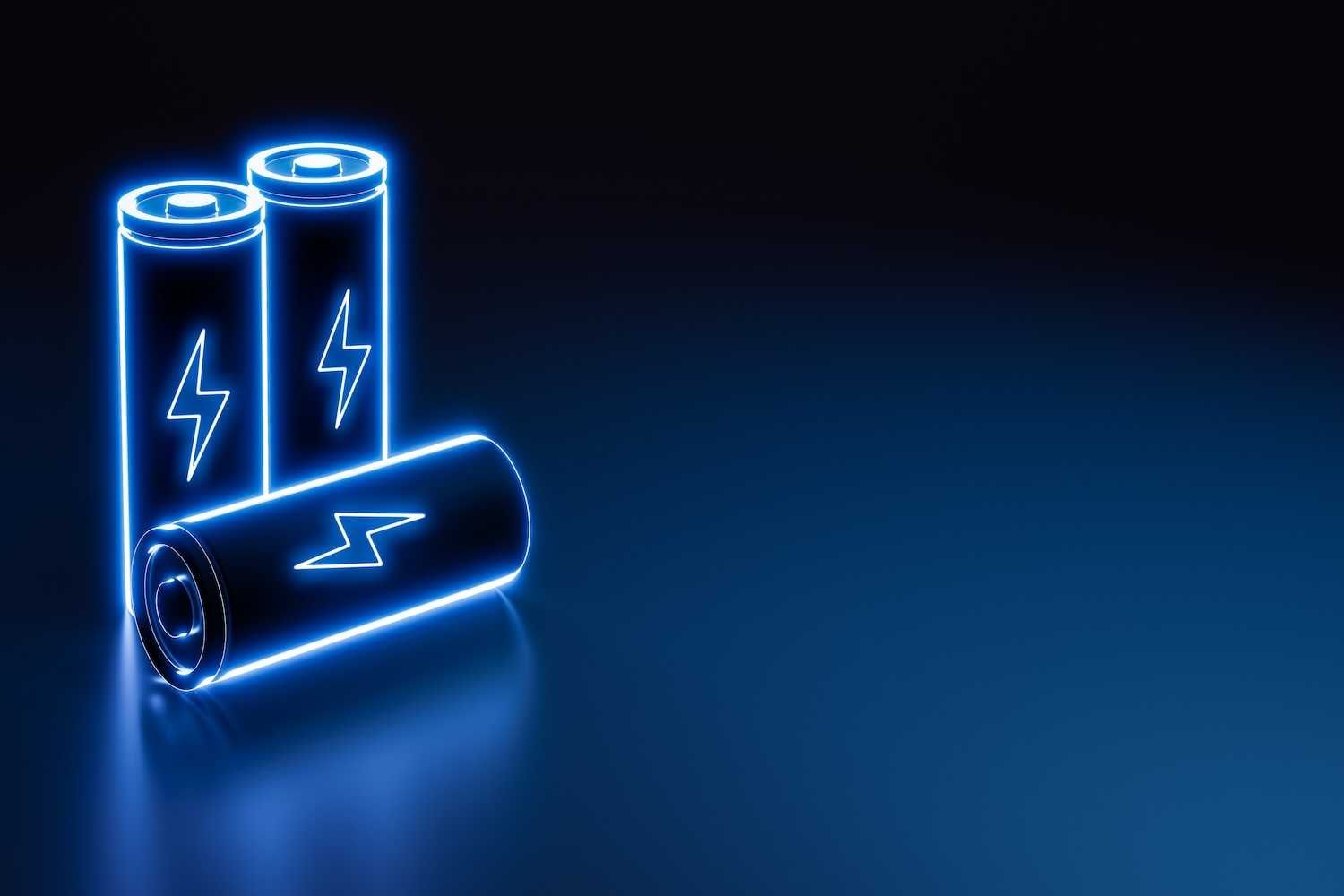
January 22, 2023
Critical Resources Limited (ASX:CRR) (“Critical Resources” or “the Company”) is pleased to provide an update on metallurgical test work being undertaken by SGS Canada (“SGS”).
Highlights:
- Metallurgical test work program began in October 2022, to determine the suitability of spodumene from the Mavis Lake Lithium Project for dense media separation processing
- Test work is being performed on samples that provide spatial representation across the Mavis Lake Main Zone
- Samples have been assayed for head-grade lithium content, delivering 1.2% Li2O (representative) and 1.6% Li2O (high-grade) composites
- First concentrate was produced by simple heavy liquid separation, followed by magnetic separation
- Assays to determine concentrate grade and recovery/yield estimates due in March
- Test work is being conducted concurrently with a fully funded 20,000 meter drilling campaign at Mavis Lake
Test Work Program
To support a future scoping study, the Company commissioned SGS to conduct basic heavy liquid separation (HLS) and magnetic separation test work program. The purpose of the test work is to determine the amenability of Mavis Lake Spodumene for dense media separation (DMS) processing. Mineralogical assessments will also be undertaken to better understand the presence and impact of deleterious minerals on final product quality and the mineralogical drivers of DMS processing efficacy.
In designing the sample suite for the test work program, focus was placed on representing the known Mavis Lake mineralised zone as accurately as possible. A total of 50 quarter and half core samples, from seven drill holes, were selected to provide a wide range of spatial locations, lithia grades, lithologies, spodumene intersection depths and also account for typical mining dilution. Details of drill core used to prepare the representative samples can be seen in Appendix 1.The samples were delivered to SGS and compiled to create two composites, being a representative grade composite (SGS assays confirmed 1.2% Li2O) and a high-grade composite (SGS assays confirmed 1.6% Li2O).First Concentrate
The Company received confirmation from SGS that the first series of test work has been completed on the high-grade composite. Test work on the representative-grade composite is due to commence shortly. Once all test work has been completed, final products will be assayed to determine concentrate grade, impurity profile and recovery/yield estimates.
Future Work
The current test work program will continue through to mid-February, with final results expected to be made available to the Company towards the end of Q1 CY23.
The test work program is a key step towards initial scoping study work for the Mavis Lake Project, the Company will provide further updates on the next phase of development in the coming weeks.
Click here for the full ASX Release
This article includes content from Critical Resources Limited, licensed for the purpose of publishing on Investing News Australia. This article does not constitute financial product advice. It is your responsibility to perform proper due diligence before acting upon any information provided here. Please refer to our full disclaimer here.
CRR:AU
The Conversation (0)
21 June 2022
Critical Resources
High-grade Lithium Portfolio, in a Tier 1 Location, Aligned with the World’s Green Energy Transition
High-grade Lithium Portfolio, in a Tier 1 Location, Aligned with the World’s Green Energy Transition Keep Reading...
24 October
PMET Releases Lithium-Only Feasibility Study for Shaakichiuwaanaan in Québec
PMET Resources (ASX:PMT, TSX:PMET,OTCQX:PMETF) has completed a lithium-only feasibility study on the CV5 deposit of its Shaakichiuwaanaan lithium project in Northern Québec. The company said the feasibility study confirms the project is a large-scale and long-life operation, with CV5’s probable... Keep Reading...
22 October
Lithium Market Update: Q3 2025 in Review
Volatility punctuated the global lithium market during the third quarter of 2025, with prices, supply/demand dynamics and geopolitics converging to reshape the landscape. After slipping to a four year low at the end of June, benchmark lithium carbonate prices rallied through July to reach an 11... Keep Reading...
22 October
Argentina Lithium & Energy Corp. Announces Initial Mineral Resource Estimate at the Rincon West Lithium Project
TSX Venture Exchange (TSX-V): LITFrankfurt Stock Exchange (FSE): OAY3OTCQX Venture Market: LILIF Argentina Lithium & Energy Corp. (TSX-V: LIT, FSE: OAY3, OTCQX: LILIF), ("Argentina Lithium" or the "Company") is pleased to announce the results of the first Mineral Resource estimate ("MRE") for... Keep Reading...
21 October
Vertical Integration: The New Lithium Supply Chain Dynamic and What it Means for Investors
When the US government announced it would take a 5 percent equity stake in Vancouver-based Lithium Americas (TSX:LAC,NYSE:LAC), the move underscored a seismic shift underway in the lithium industry. This significant federal backing, tied to the company’s massive Thacker Pass project in Nevada... Keep Reading...
Latest News
Latest Press Releases
Related News
TOP STOCKS
American Battery4.030.24
Aion Therapeutic0.10-0.01
Cybin Corp2.140.00






